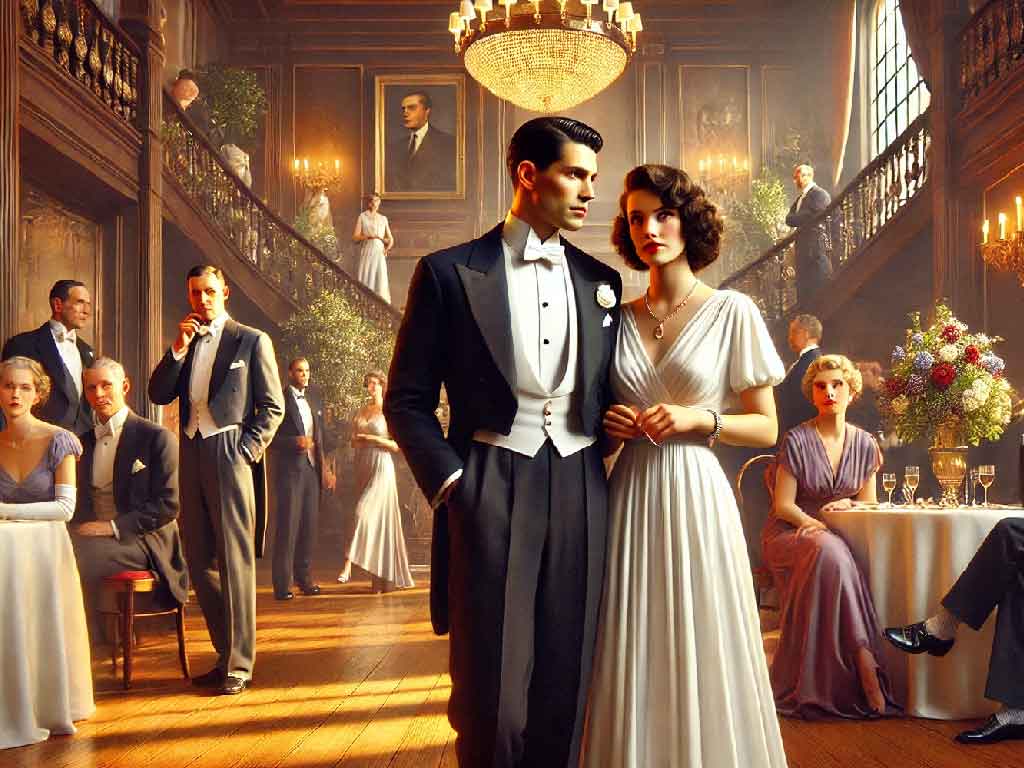
Amidst allegations by President Donald Trump that the previous Biden administration misused USAID funds to promote LGBTQI initiatives and influence regime changes in certain countries, the concept of “lavender marriages” has gained renewed attention.
Understanding Lavender Marriages
Lavender marriages refer to unions between a man and a woman where one or both partners conceal their true sexual orientation, often due to societal pressures or professional considerations. The term originated in the early 20th century, notably within Hollywood, where studios arranged such marriages to maintain the public images of their stars.
Who? and What?
Historically, lavender marriages involved celebrities and public figures aiming to protect their careers by appearing heterosexual. For example, actor Rock Hudson married Phyllis Gates in 1955 amid rumors about his sexuality.
When? and Where?
These marriages were most prevalent during the early to mid-20th century, particularly in the United States. However, the practice has been observed globally, especially in societies where LGBTQ+ identities face significant stigma.
Why?
The primary motivation for lavender marriages is to conform to societal expectations and avoid discrimination. In many cultures, heterosexual marriage is seen as a norm, and deviating from this can lead to social ostracism or professional repercussions. By entering into a lavender marriage, individuals can maintain societal acceptance while concealing their true sexual orientation.
Global Perspective
While exact statistics are scarce due to the private nature of these arrangements, lavender marriages have been documented worldwide. In some cultures, such as in parts of Asia, the pressure to marry and uphold family honor leads LGBTQ+ individuals to enter into heterosexual marriages, sometimes with partners who are also LGBTQ+, to maintain appearances.
A Lighthearted Anecdote
In a humorous twist, a TikTok video went viral featuring a grandmother who, after 63 years in a lavender marriage, expressed her excitement about finally embracing her true self and seeking romance. Her candidness and enthusiasm resonated with many, highlighting the personal journeys behind such marriages.
Raising Awareness
Understanding lavender marriages sheds light on the lengths individuals may go to conform to societal norms and the importance of fostering an inclusive environment where people can express their true identities without fear. As societal acceptance of LGBTQ+ identities grows, the need for such concealment diminishes, allowing individuals to live authentically.
By exploring the history and implications of lavender marriages, we can better appreciate the challenges faced by LGBTQ+ individuals and the importance of promoting acceptance and understanding within our communities.




